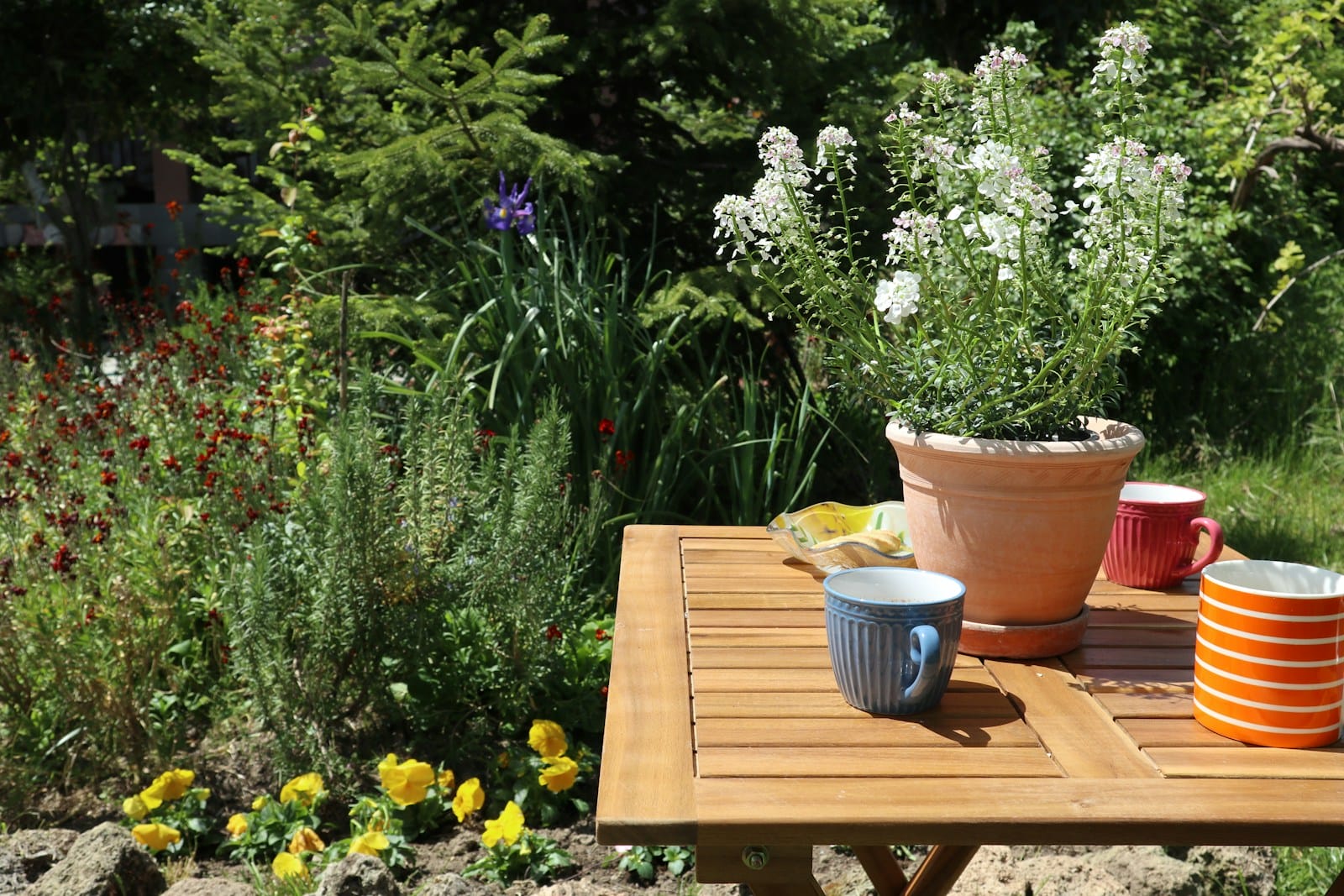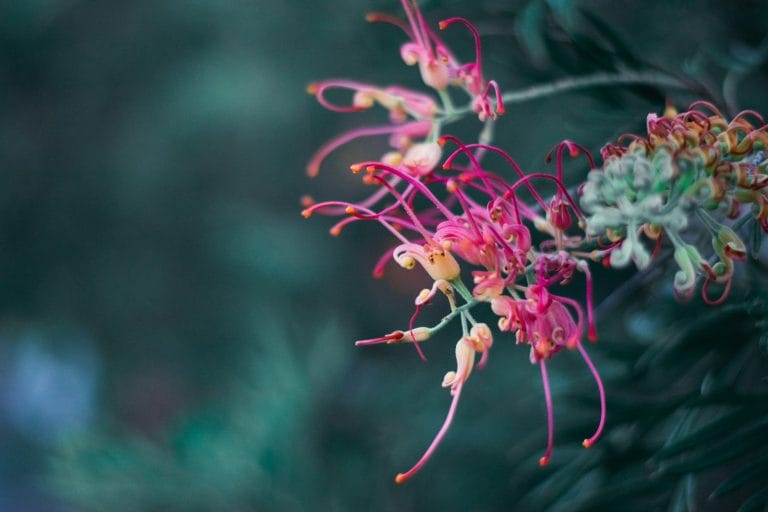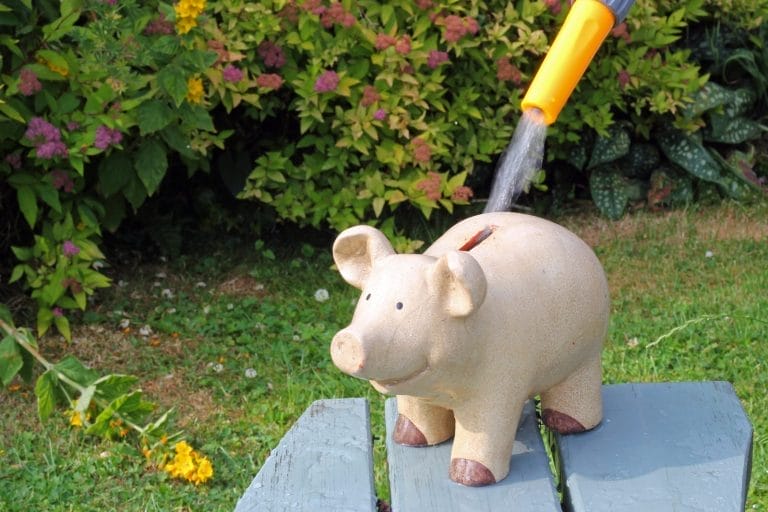Did you know incorporating sustainable practices into your garden can slash your water usage in half?
As someone who loves spending time in my garden, I recently read about this (while in my garden).
We actually have the power to significantly impact our environment positively.
It’s nice to think about starting these big changes right from the soil under our feet, isn’t it?
Let’s talk about how simple actions can create a garden that’s not only a joy for us but also a boon for local wildlife and the planet.
What is Eco-gardening?
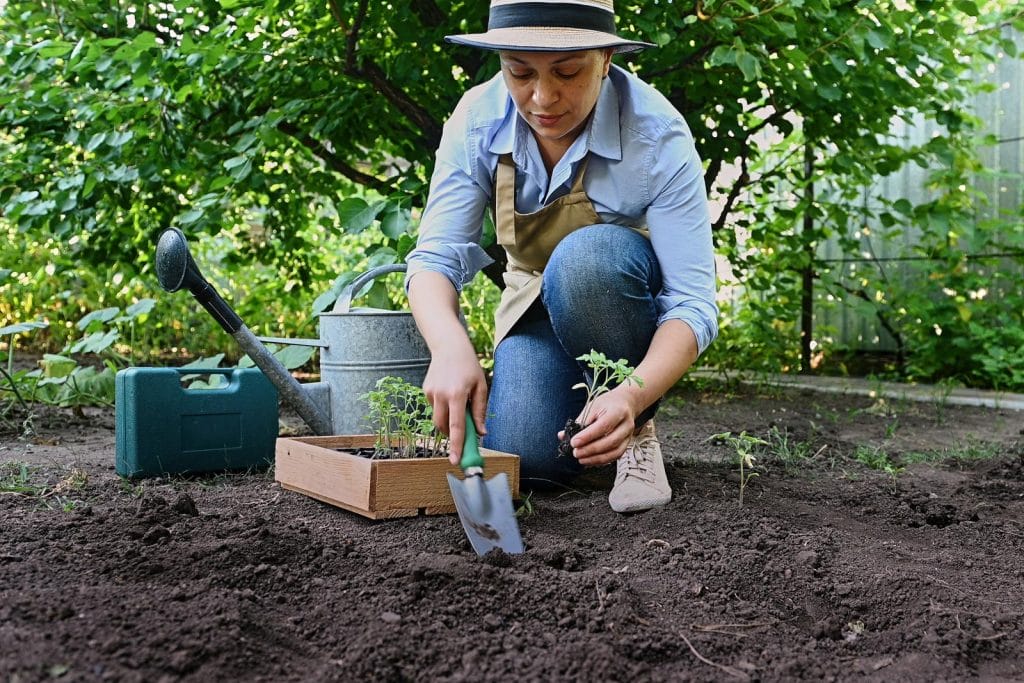
Eco-gardening is about creating a garden that is a cozy home for all kinds of plants and animals, while also taking care of our planet.
When you garden this way, you’re picking plants that are from your area. These local plants are great because they don’t need a lot of water or special care to grow well, which is super for the environment and helps local critters too.
Another cool part of eco-gardening is sticking to natural ways to keep pests away and help your plants grow strong, without using harsh chemicals. This means the soil stays healthy and happy, and your garden becomes a bustling spot for friendly bugs and wildlife.
What Are the Benefits of Sustainable Gardens
When I was reading about eco-gardening, I found that sustainable gardens are amazing for both our local plants and animals, and they pack a bunch of environmental perks too.
By planting plants that don’t need much water and setting up smart watering systems, we use a lot less water, which is very important.
These gardens are about saving water, cutting down on the work needed to keep them looking good, and making less yard waste, so they’re super friendly to your time and our planet.
Natural stuff also helps the soil stay healthy and makes the whole ecosystem stronger. So, by pulling in and holding onto carbon dioxide, your garden is actually helping fight against climate change.
Why Choose Native Plants
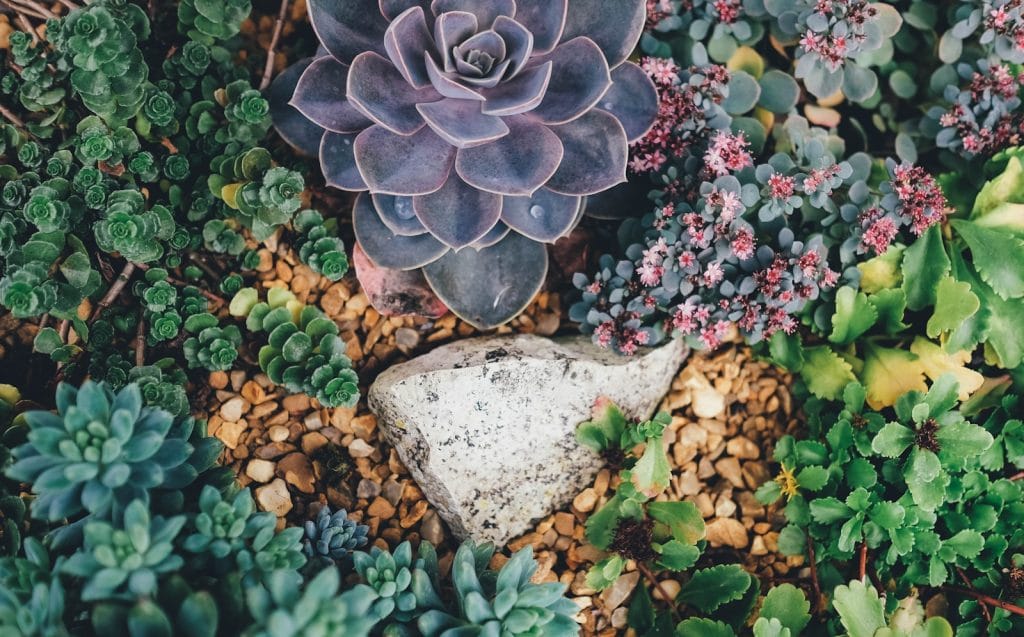
Native plants are a super smart move for your garden. It not only makes looking after your garden a breeze but also does wonders for the local birds, bees, and butterflies.
Native plants feel right at home in your garden, you see. They’re used to the weather, the soil, and everything else in your area, so they hardly need any extra water or special care.
These plants are like a favorite hangout spot for local wildlife, giving them the food and shelter they need. And because they’re so tough against local pests and diseases, you won’t have to use nasty chemicals.
Soil Health and Composting
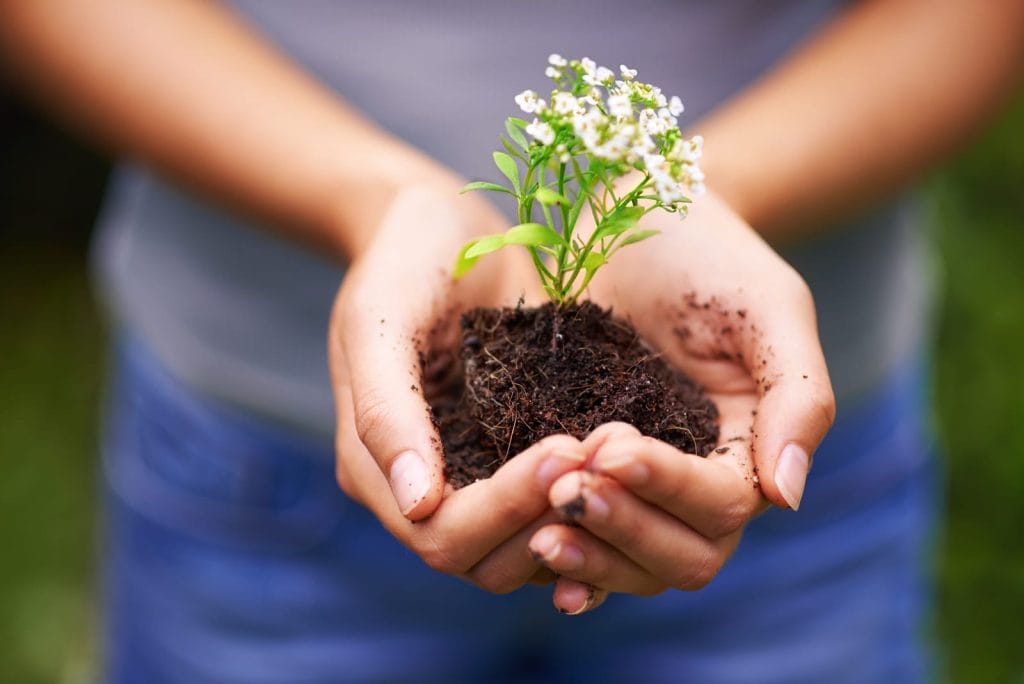
Once you’ve picked out your native plants, the next step is to take good care of the soil they’ll be growing in.
Soil health is important because it’s basically the support system for your garden. It helps plants grow by giving them nutrients, holding water, and supporting their roots.
When you start composting, you’re turning things like kitchen scraps and yard waste into awesome organic stuff that makes the soil even better.
This helps the ground hold water better, keeps plants healthy, and means less trash going to the landfill. Composting is cool because it keeps organic stuff out of landfills, which helps cut down on harmful gases and is part of keeping things going in a smart, earth-friendly cycle.
Water Conservation Techniques
After you get the hang of composting, the next big thing to dive into for a green garden is saving water. Putting in a system to catch rainwater can cut your garden’s water use by up to half.
When you add a drip irrigation system, you’re making sure water gets right to where your plants need it most – their roots – without wasting a drop.
Throwing some mulch around your plants also helps because it keeps the soil from drying out too quickly. If you plant things together that drink about the same amount of water, you’ll make watering a whole lot smarter.
And don’t forget about choosing plants that don’t need much water to begin with. They’ll make your garden look great and help it stay lush with less water.
Eco-Friendly Pest Control
Focusing on saving water is super important, but let’s not forget about using eco-friendly ways to keep pests away from our gardens.
When we use nature-friendly methods, we’re helping our garden be a happy place for more types of plants and animals and cutting down on harsh chemicals. Here are some simple tips:
- Bring in good bugs like ladybugs and lacewings. They love to eat the pests that bother your plants.
- Plant some friends for your plants, like marigolds, that keep pests away.
- Try using neem oil on your plants. It’s a natural bug spray that’s safe and doesn’t harm the environment.
- Make your garden a welcoming place for creatures like birds and frogs. They’re great at keeping pest numbers down.
- Use things like garden cloth or nets to keep bugs away from your plants without hurting them.
Use Renewable Resources
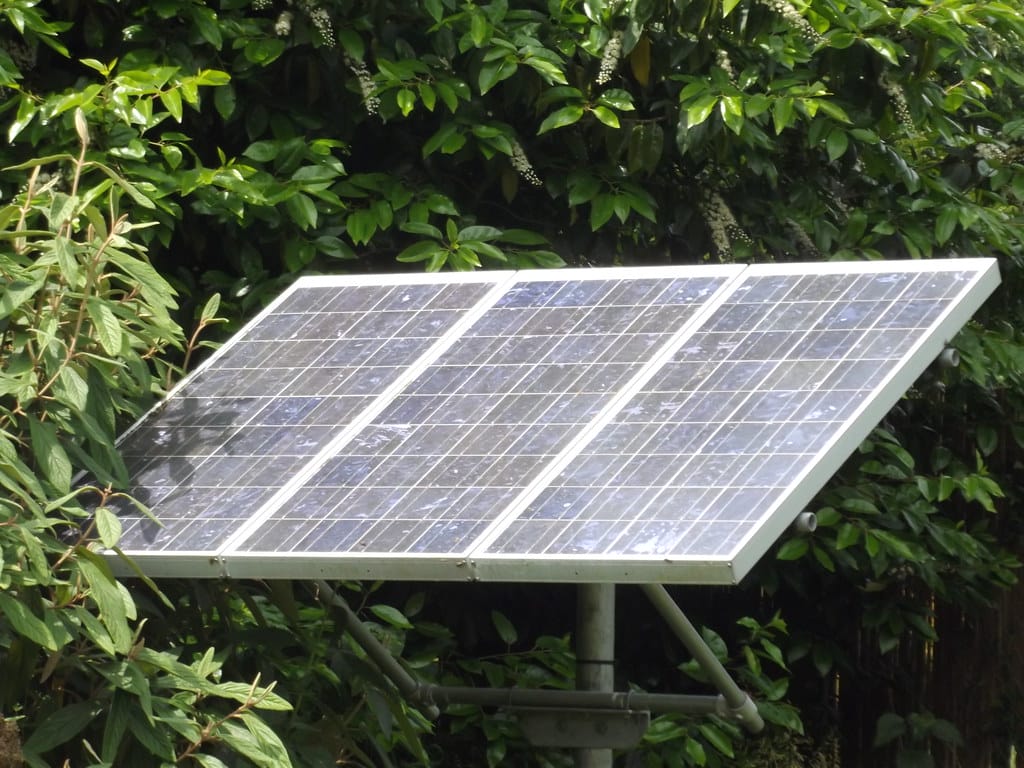
Using renewable resources in your garden is a great way to help the environment while creating a beautiful outdoor space.
By using compost bins, you can turn everyday kitchen leftovers into amazing food for your plants, making the soil rich without needing to use chemicals.
Solar panels are perfect for keeping your garden lights and water features running, helping you save on energy costs and reduce your carbon footprint.
And you can collect rainwater too; it’s a smart way to water your plants using what nature provides, which also means you use less tap water.
Seasonal Gardening Tips
The weather plays a big role in how much water your garden needs, how happy your plants are, and how many friendly bees and butterflies stop by.
By switching which crops you grow where, you make sure your soil stays rich and ready for planting. Being smart about when and how much you water also means you’ll use less water and keep your plants from dying a death by water overload.
Again, adding mulch is also great for keeping weeds away and making sure the soil doesn’t dry out too fast. Pruning your plants by cutting away the bits that are dead or looking sick helps the rest of the plant grow better. These simple steps will help your garden stay lively and lovely, no matter the season.
Can I Design My Garden Based on the Seasons?
Certainly! Designing your garden around the seasons ensures year-round beauty:
- Spring: Plant bulbs and early bloomers for fresh bursts of color.
- Summer: Embrace vibrant annuals and lush foliage for a lively garden.
- Fall: Add plants with rich autumnal hues and texture for warmth.
- Winter: Incorporate evergreens and berries for structure and color against the cold.
With thoughtful planning, your garden can flourish in every season, providing continual delight.
What Are the Sustainable Practices in Landscaping?
Sustainable landscaping involves practices like choosing plants that need less water, collecting rainwater, covering soil with mulch, using natural compost, and avoiding harsh chemicals. These steps help use less water, support various life forms, and keep the environment healthy.
Are Dry Gardens Sustainable?
Yes, dry gardens are sustainable due to their low water requirements, minimal maintenance, promotion of biodiversity, and resilience to climate change. They conserve water, improve soil health, and require fewer resources, making them an eco-friendly landscaping option.
What About Vertical Gardening?
Vertical gardening is sustainable because it maximizes space, conserves resources like water and soil, improves air quality, and enhances aesthetics. It’s particularly beneficial in urban areas and small spaces, contributing to a greener environment and better quality of life.
